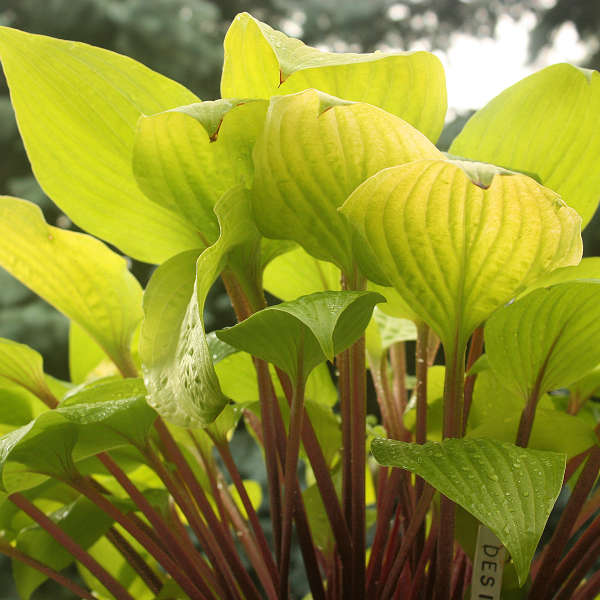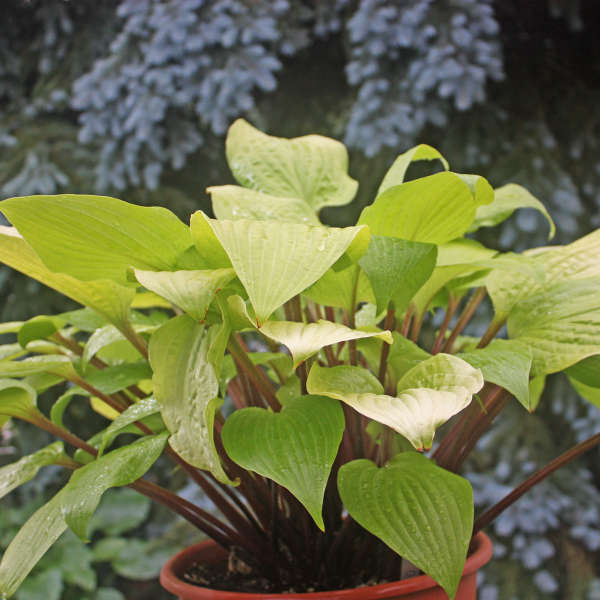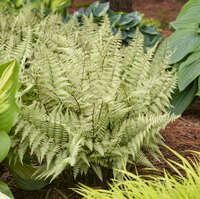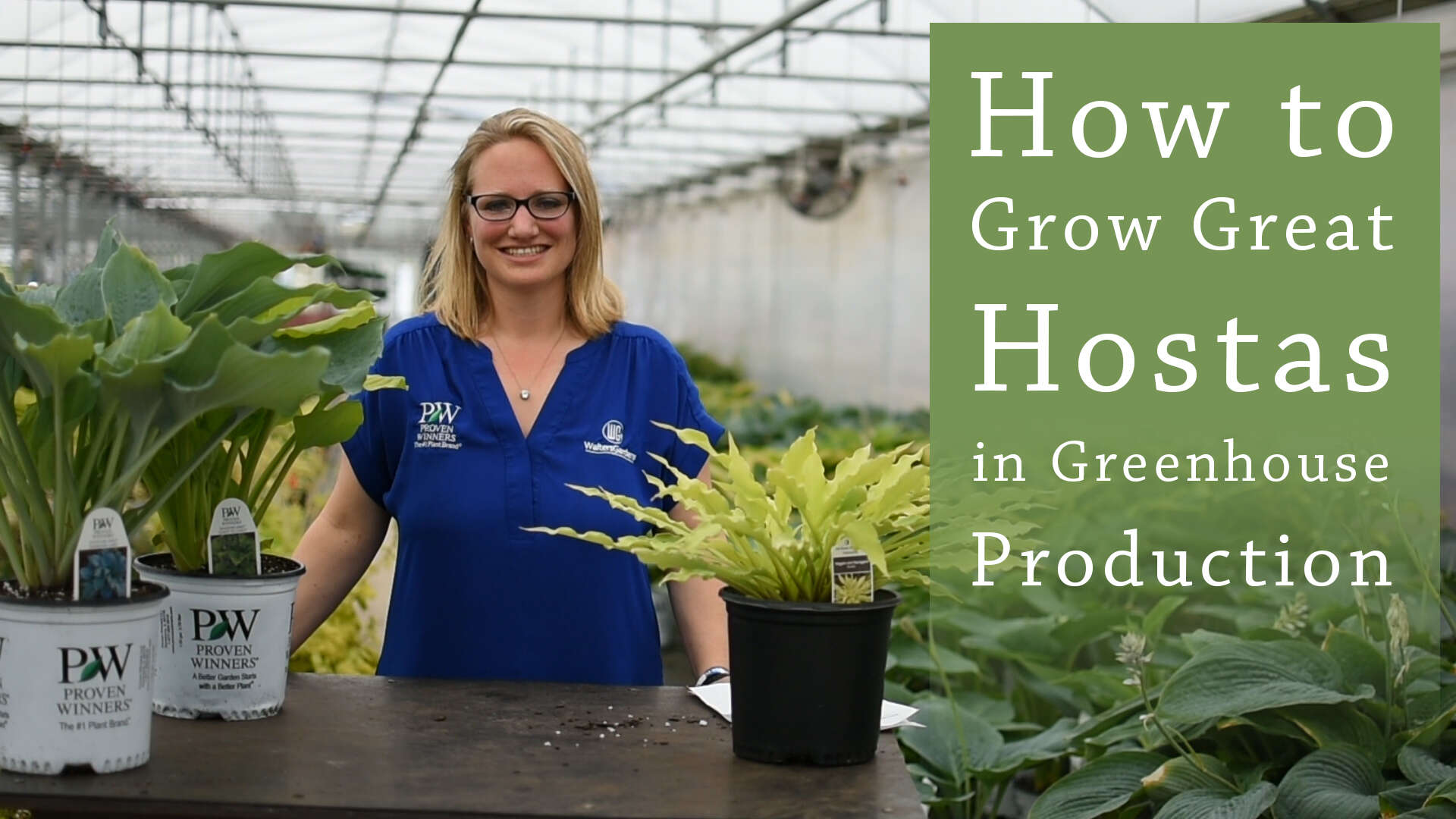Hosta 'Designer Genes'
Common Name: Hosta
We are incredibly excited to offer you what we consider to be the best yellow hosta with red petioles available on the market today.
‘Designer Genes’ is incredibly striking in the spring as the brilliant yellow leaves emerge from contrasting deep wine red shoots. It quickly grows to form a medium sized mound of bright yellow leaves with showy bright red petioles.
Compared to other yellow hostas, this variety holds its coloring longer. Later in the season, the foliage mellows to more of a chartreuse green color. Tall, red scapes carry the purple flowers in late summer.
Hostas are exceedingly popular perennials in today's gardens due to their versatility in the landscape. Their subtle colors, tall flower scapes, and broad, coarse leaves fill a niche in garden designs that few other plants can achieve. Their large leaves provide excellent coverage for dying bulb foliage. Hostas also grow well in city environments where the air may be polluted by car exhaust, etc.




